Going Forward
Reaction ASC
Poor Kusini Yengi. One good chance on your league debut that you contrive to sclaff off the post. One great chance you put past the post from inside six yards. The positive, getting into scoring positions. The negative, most of the all round play, some of which would be forgiven if either chance had hit the back of the net.
The Australian’s uninspiring debut has probably received the most chatter post-game and, well, you can understand the frustration. This post however is not intended to pour over the ins and outs of Yengi’s performance, rather it's about his profile and trying to understand the underlying plan, at least, for now, in one specific area of the pitch.
Fair warning, this raises more questions than answers and is based on one full match and glimpses of a pre-season friendly.
Jimmy’s Man
Back in January I asked this question:
Accordingly with a lot of talk about a new striker coming in and the suggestion he may provide the missing link, I do wonder what profile the club is looking for? A link-man? A fox in the box? A pacy, back-line stretcher? Mixu Paatelainen?
I think (duly noting there is a month left of the window) we have a clear answer given the suggested interest in AC Milan’s Marko Lazetic, alongside the arrival of Yengi, we can assume Jimmy wants height and power. A target frontman. Not sure Mixu quite fits the modern profile but he’s probably the closest.
How does this fit into the Thelin model. Let’s start at the most obvious spot, goal kicks.
Build it Up and Start Again
Last season the Dons mixed up their approach to building-up the play through the season. From goal-kicks there were periods when they often went short and others where they went long. This has led to various accusations of ‘hoofball’ and ‘tippy-tappy shite’ depending on where your viewpoint stands. This blog covered that topic in detail on a few occasions:
When it does go short, Aberdeen tended to build-up in a box shape comprising the two centre-backs and the two holding midfielders as in the image below. (was more of a triangle on Monday, one to keep an eye on).
A fundamental element of coaching at this level is to create options and solutions for players to problems and at the same time make it difficult for opponents to adjust.
So with a short build-up, in my opinion, Thelin is either (#1) working an overload to create an opportunity for one of his players to progress the ball forward in a more controlled fashion e.g. crossing the half-way line with his head up and some space to make a pass.
Or, (#2) he’s inviting the opponent to commit numbers, which then allows the team to try and take advantage higher up the field.
Or, (#3) if the opponent doesn’t want to play either game and sits deep, then you have a long-range passer (Clarkson these days) who can drop in and start attacks from deep with other players given a license to get higher up the pitch.
Here’s Cesc Fabregas explaining some of these concepts better than I ever could.
Back to the #9
If you watch the video, you’ll note Fabregas discussing building up in a 4-2-2-2 with the #9 and #10 the third line and the two wingers the highest line. Here’s a couple of images from the two Hearts games at Pittodrie last season. Look familiar?
Quite often we’d see Nisbet (BHH) dropping in and Keskinen/Okkels/McGrath making runs in behind. Hold that thought.
Big Man Up Top
The excellent football newsletter Scouted also covered this topic recently in a piece entitled: Why are all the strikers massive again? Most of the article is behind a paywall (would recommend) but you’ll probably get a good feel from this paragraph early on.
Most of these strikers aren’t known for their technical refinement in possession, either. Though their passing and link up play remains raw at best, buying clubs seem unperturbed. While it won’t much bother David Moyes, Everton’s new 6’5” signing Thierno Barry is a prime example: he possesses great physicality, off-ball intelligence, and dribbling, but completed just 8.1 passes p90 last season, and his first touch and weight of pass remain very inconsistent.
I see you nodding your head.
Surely this provides the evidence for Aberdeen’s recruitment strategy? Firstly it was suggested the main reason clubs are favoring big men is the prevalence of man to man out of possession structures, having a big man to go to if teams commit numbers and break a press makes sense. So far so good, we covered this concept to some degree above.
What they also noted however, is that these power forwards are less involved with link up play and more likely to play on the weak side of defence e.g. pulling away to make diagonal runs in behind. Erling Haaland is the prime example and only completed 8 passes on average per game last season. The goal is often to match up against the last line of defence (pinning) which then can create space for those in the attacking midfield or wide areas. It’s more of a longer outlet than a big man dropping deep and making it stick.
Tractor Boys
By the time the Ipswich game rolled around, I had not taken the plunge with the small fortune RedTV costs these days, but now I’m locked in I decided to take a quick look at the friendly.
So here’s a good example of some of the topics discussed. Ipswich committed five men, Aberdeen went long.
Here’s the before.
Here’s the after.
Yengi didn’t win it but it fell in front of him, Morris picked it up and got fouled. Effectively, the Dons have possession around half way with at least one full-back in space and a 4v5 in the opposition half. What we can’t also see is that Yengi is occupying the centre back, Keskinen is probably getting ready to make a diagonal run in behind. And there’s space there to exploit. Obviously didn’t work out that way, but, as we said a lot of times last season, you can see the idea. Something like the below maybe?
But given Morris’s positioning I’m wondering if the adaption perhaps for this year is instead of the centre-forward dropping in with the #10, he goes higher, one of the wingers drops underneath and we build a platform from there. You can see there’s a lot of space in the middle of the pitch here but does that then mean you only have one real outlet breaking into the space, in this case Keskinen?
The Scottish Question
In the first half though on Monday, Mitov pushed his defenders up and went long. No drawing players in to create space higher up, as soon as Hearts looked to press, the Dons abandoned plan. Could be down to the wind?
As a result, Hearts had plenty time to set up so when the ball was launched the Hearts back line let one of their prize carthorses go and attack with aggression and pace and the other two drop in, alongside the full backs.
Now there’s an extra man covering which makes it harder for the wingers to exploit any space and it’s harder for Yengi as the centre-back attacking the ball doesn’t really need to be concerned with getting rolled if he overcommits. Note Milanovic playing underneath the ball, like Morris.
So this raises a concern on going long against much of Scottish football’s back three setups. Yengi is likely to get bullied and in the event he does win a flick on, Milanovic, Morris or Keskinen are unlikely to be able to get on the ball.
However, maybe there’s hope. The difference from going short and then long, versus just long is shown in the second half form this passage of play. First, Mitov is able to play a more measured pass from 12 yards further up with Hearts midfield and full-backs pushed higher.
Yengi is able to get to the ball first and find Clarkson.
And then, via a bit of luck, we end up with this situation which is not taken advantage of. Note we’re back to the wingers higher and now Clarkson’s joining in alongside the Sunderland lad.
So What?
I’ve attempted to try and identify some of the rationale for the signing of Yengi and Thelin’s interest in this profile of player based on what we’ve seen so far. Of course his height in attacking crosses from open play or dead balls will be considerations too and his off the ball work to press the play, harry defenders, and add some extra inches in our own box will also be important.
However being an option from deep, seems to me to be a pretty vital element for Thelin’s gameplan, particularly in relation to exploiting space created by provoking the press. The issue I see is that if he’s not doing that part well, and he’s not scoring goals either, then we’re in a pretty tough spot.
The Second Ball
If Yengi is not winning every long ball, and we certainly can’t expect him to, then what then does become important is the second ball.
Hearts were better, they put good pressure on us, they win these second balls…
Jimmy Thelin post-match
If you look back at the image shared earlier you’ll see a number of white shirts around the possible landing zone.
Who got their first? A Hearts man. Six minutes earlier it was the same again. Long ball, Yengi beaten in the air, white shirts ready to react…?
Of course it was Lawrence Shankland who nipped in front of Nilsen and, via a Shinnie miscontrol, set Hearts on their way to the opening goal.
When I said this post might raise more questions than answers, this is one. It just felt like Hearts had far more bite and energy in their midfield than we did. We’ll save that topic for another week.
What does this mean for Celtic?
The visit of the Scottish Cup Runner’s Up will certainly provide some more insight into the dynamics of the team for the season ahead. I’d be surprised if we go with anything other than a 4-2-3-1.
This will likely resemble the Ipswich game a bit more and of course all eyes will be on Yengi, because this more than ever, is a game in which the Aberdeen defenders will need an outlet. But it is only going to be really successful if they make those initial short passes, and try to take advantage of Celtic’s desire to press high, however that plan is fraught with potential problems.
May made us believe. We need August to do the same.
Good to be back. Work to do.
COYR



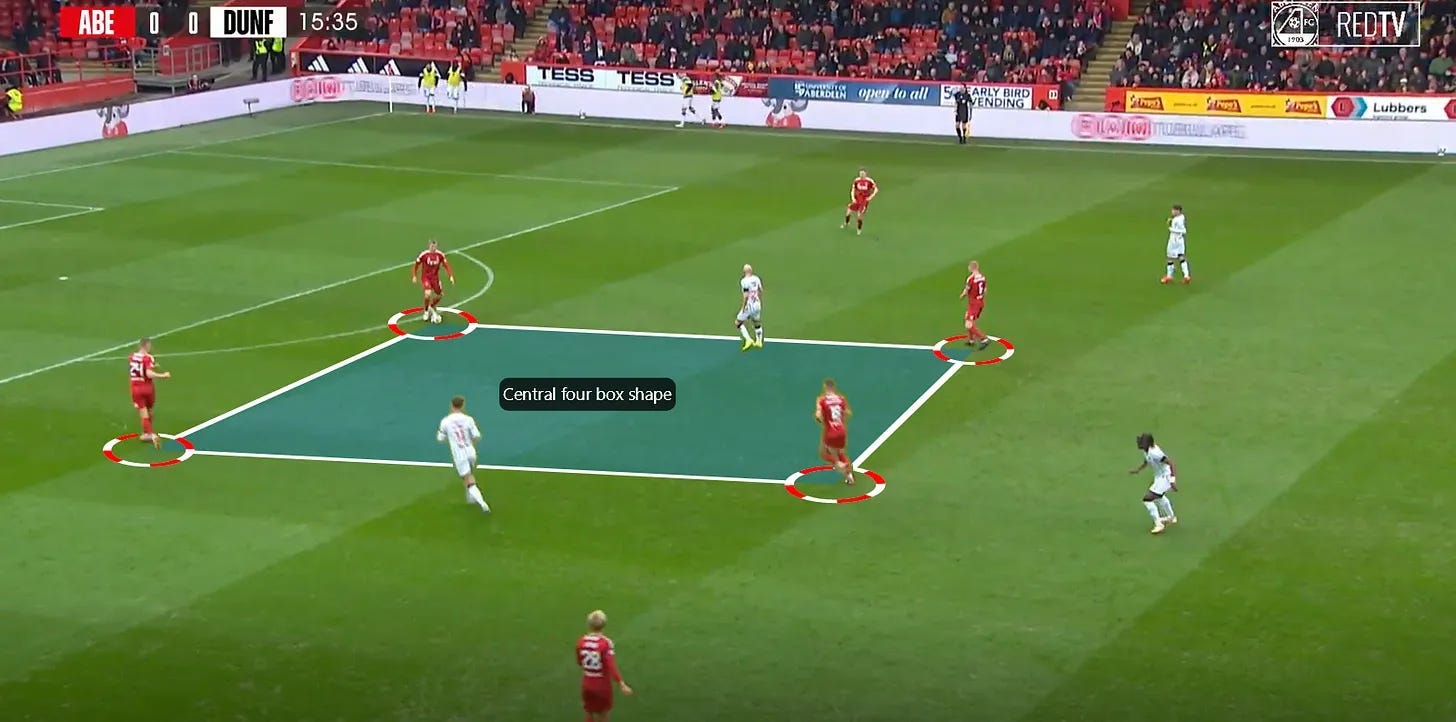
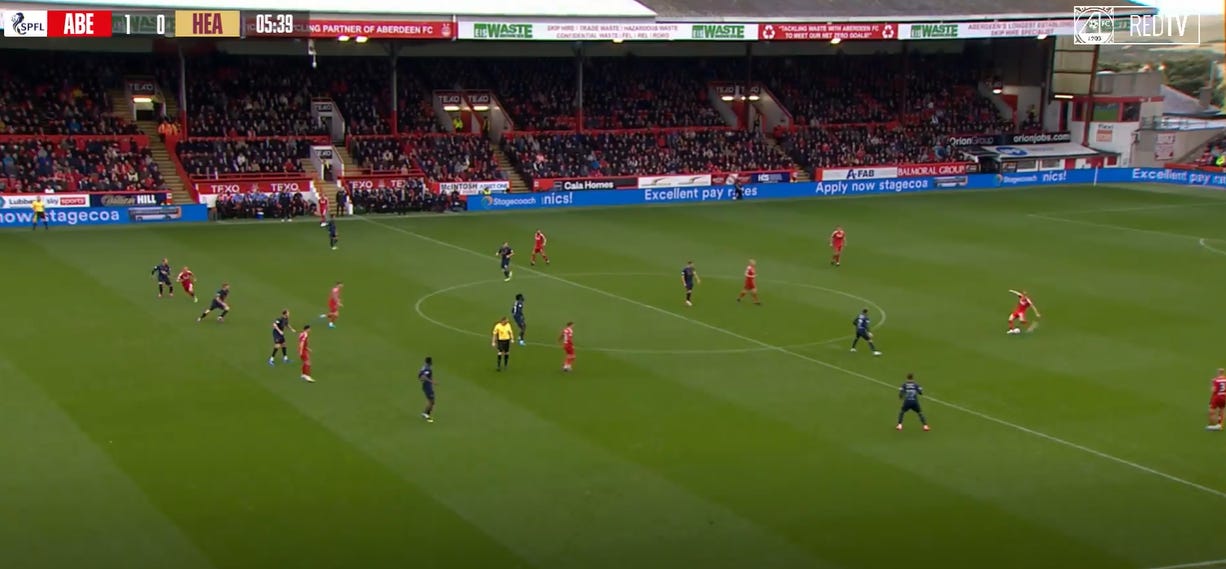
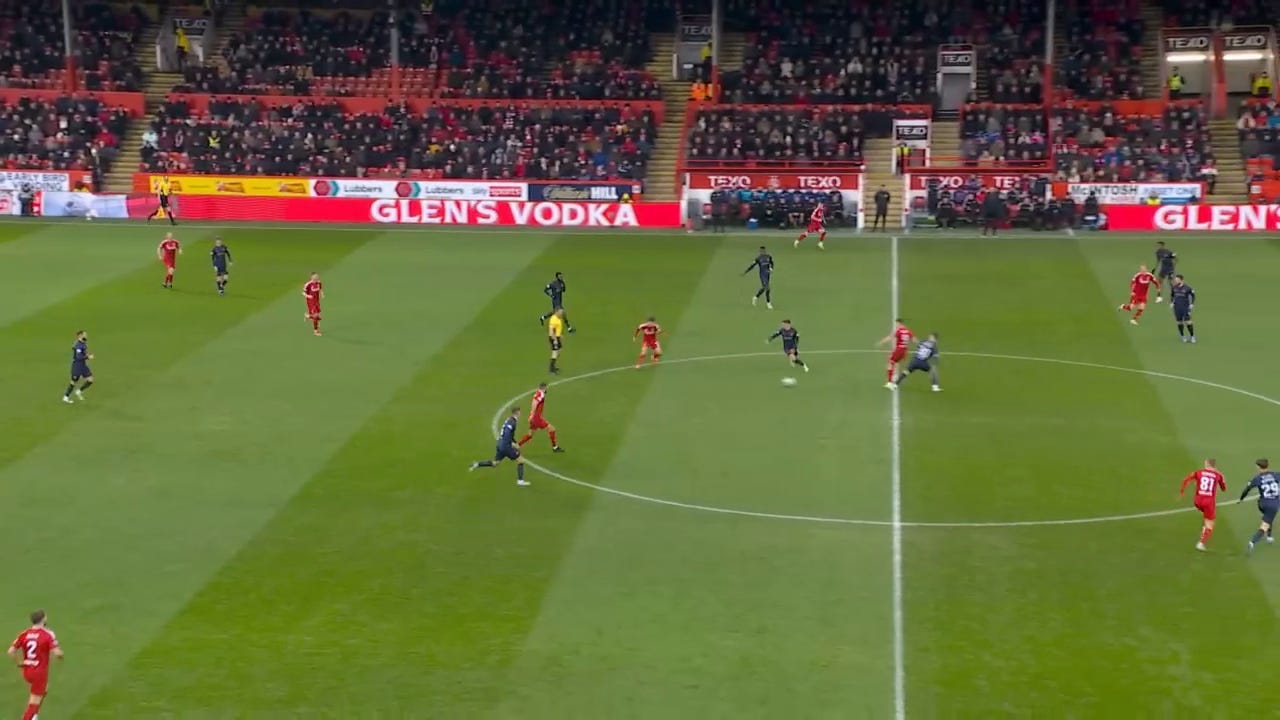
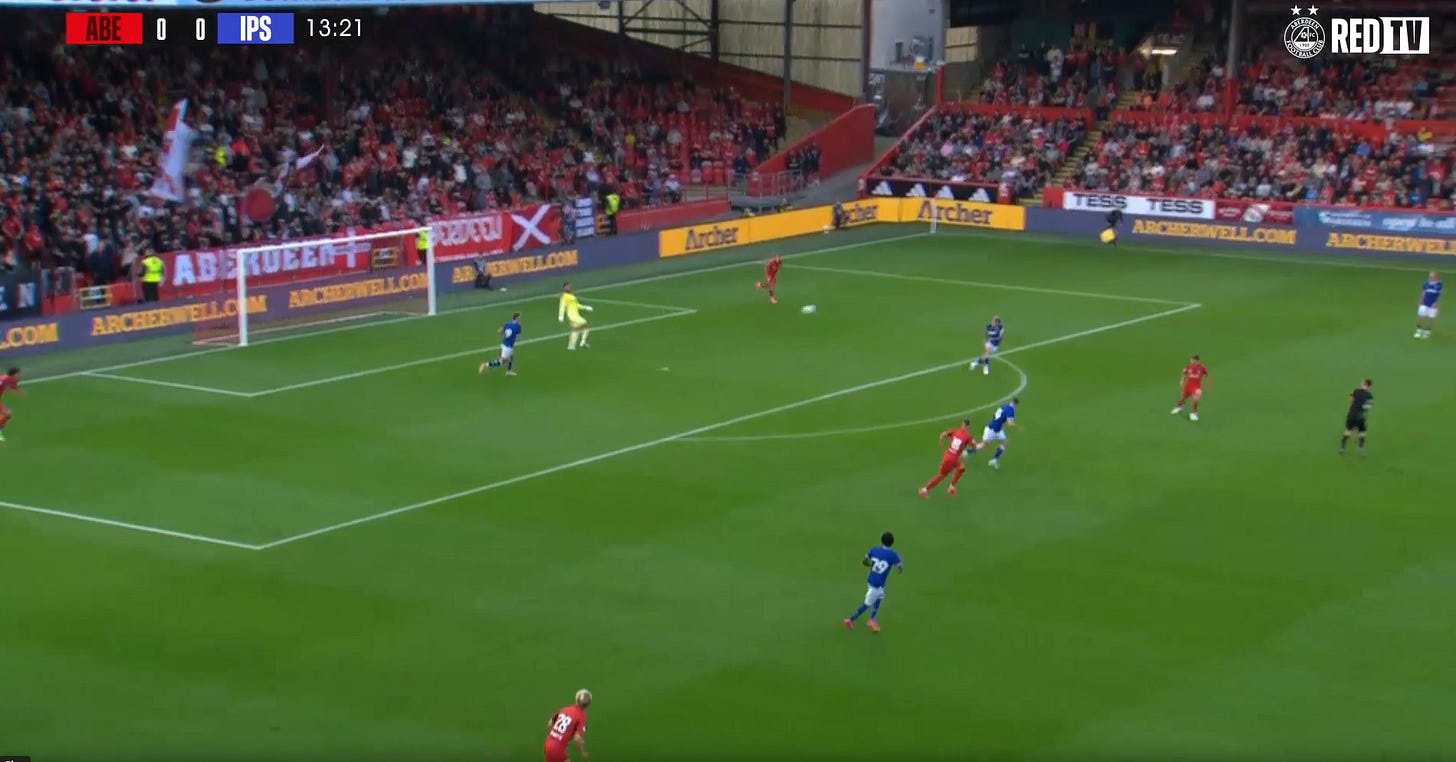

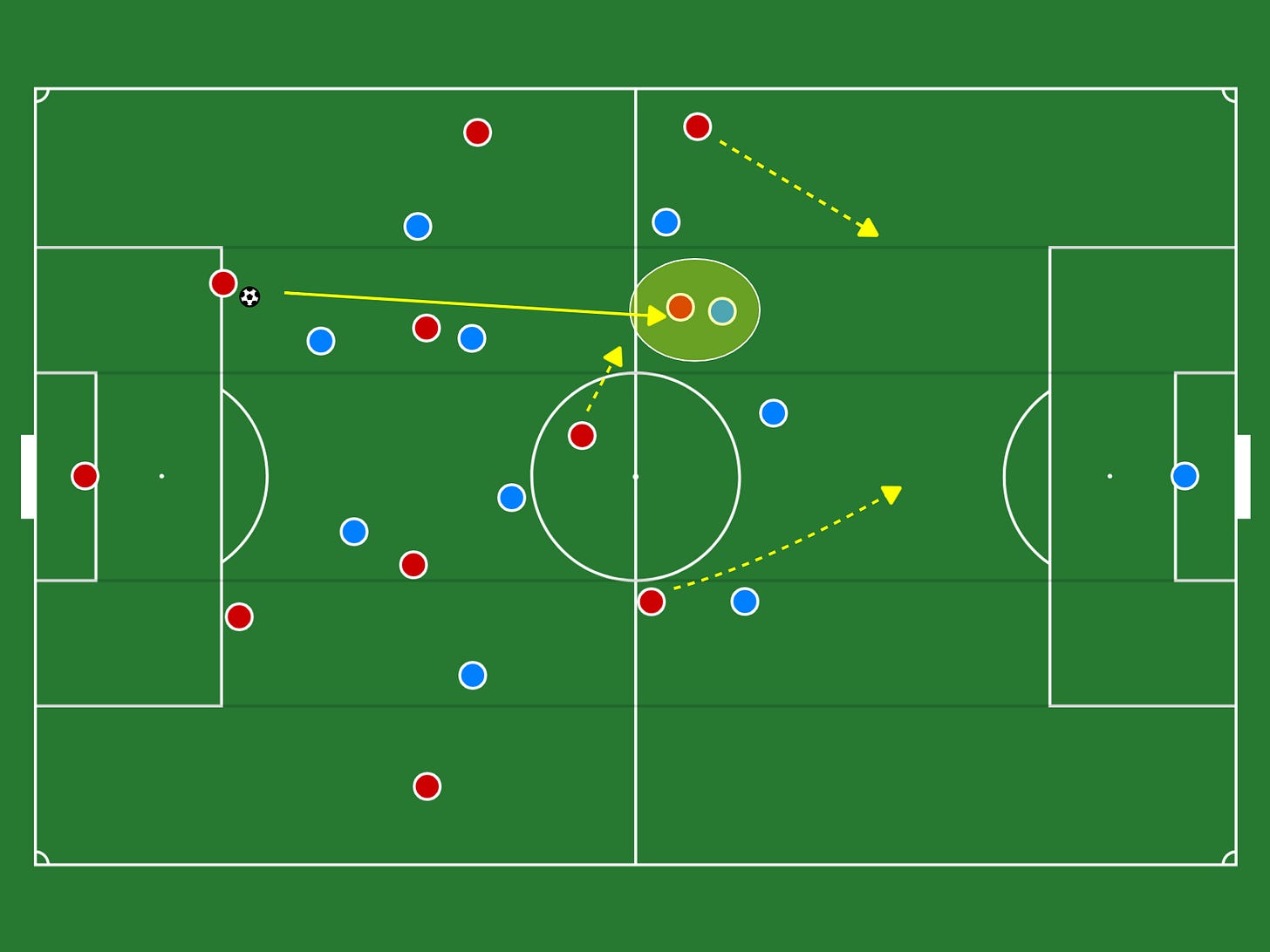
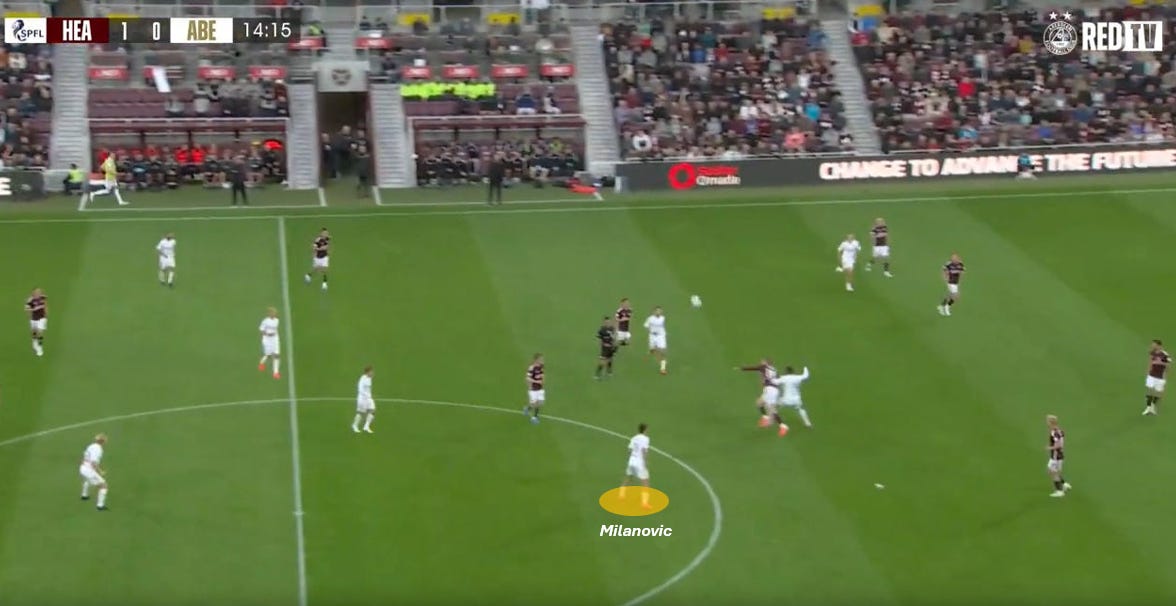
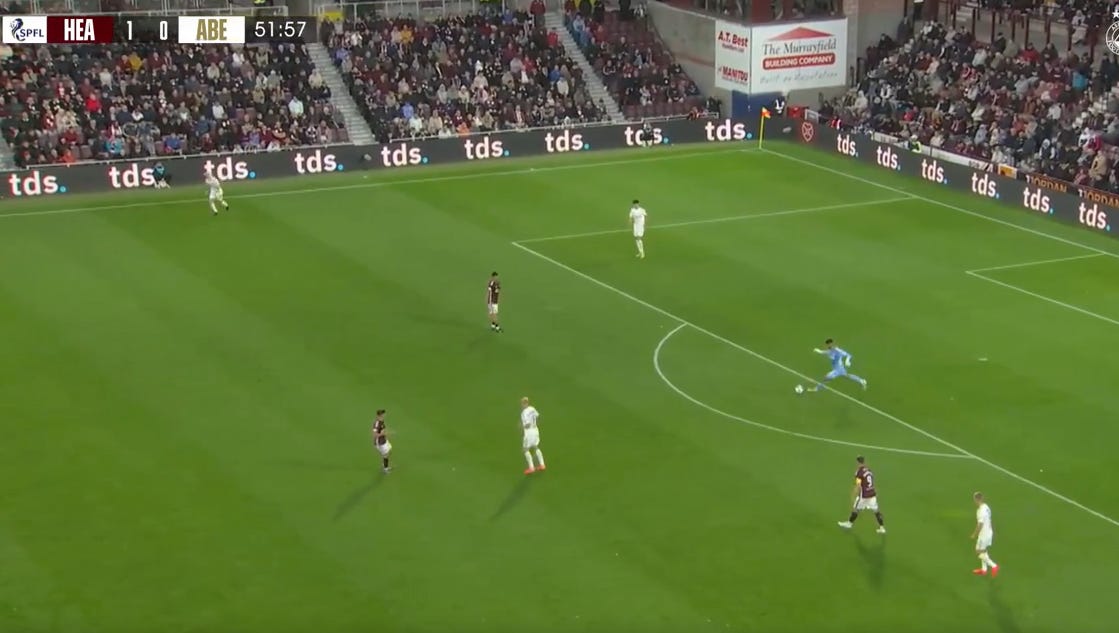
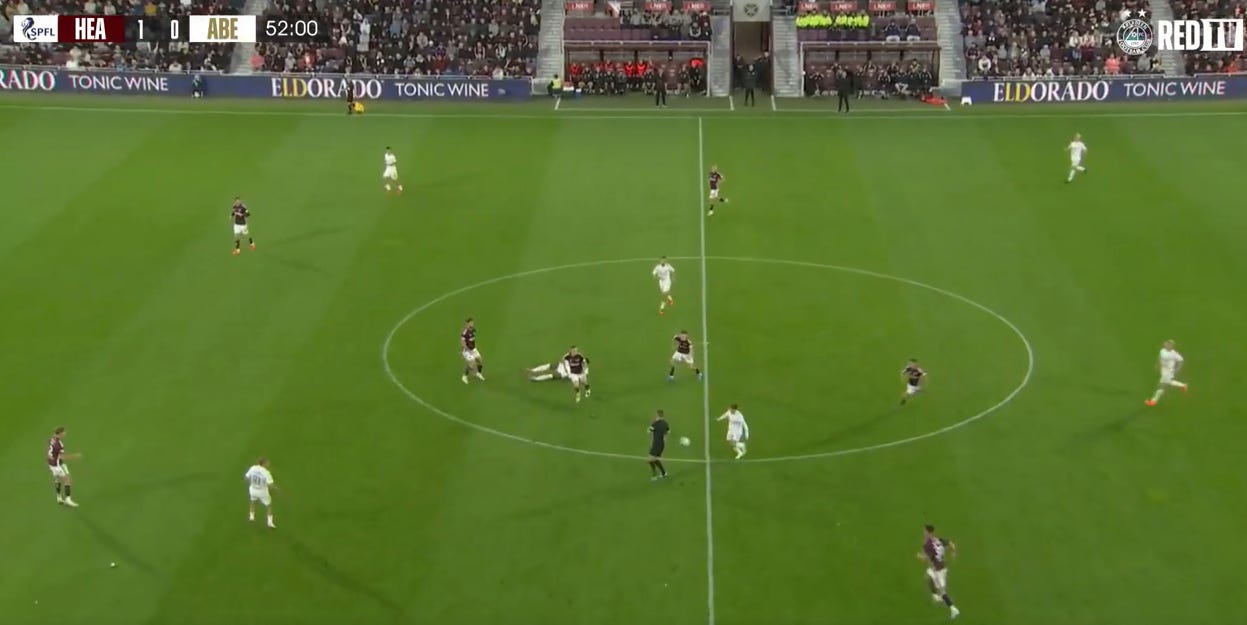
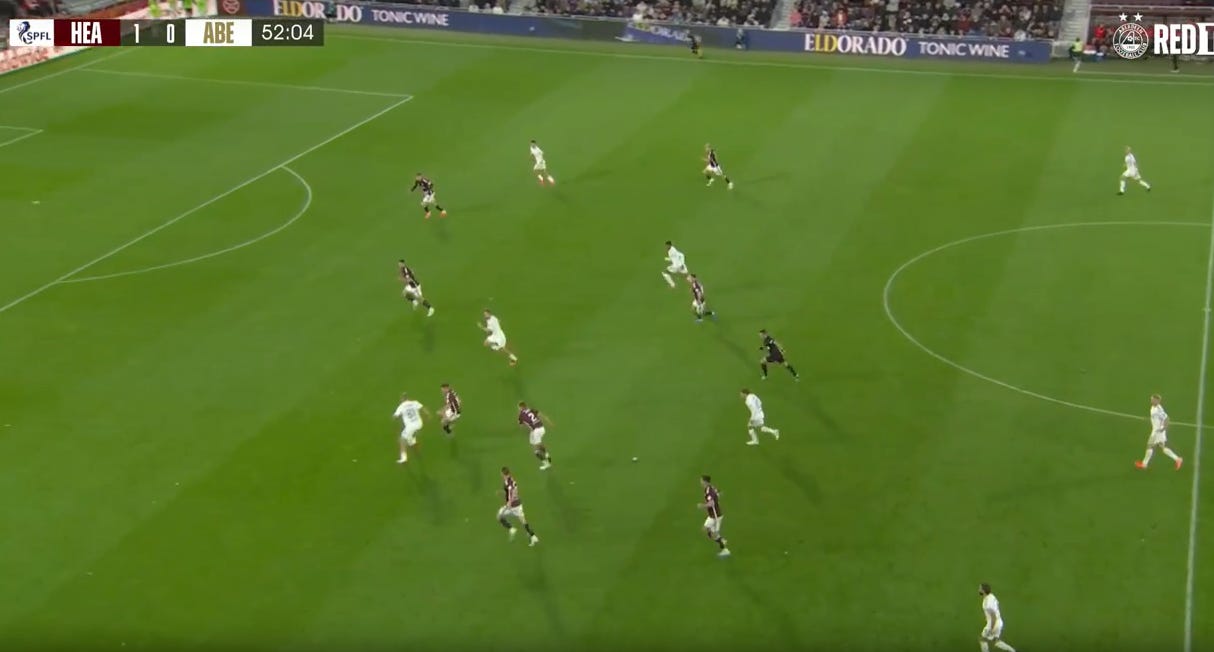
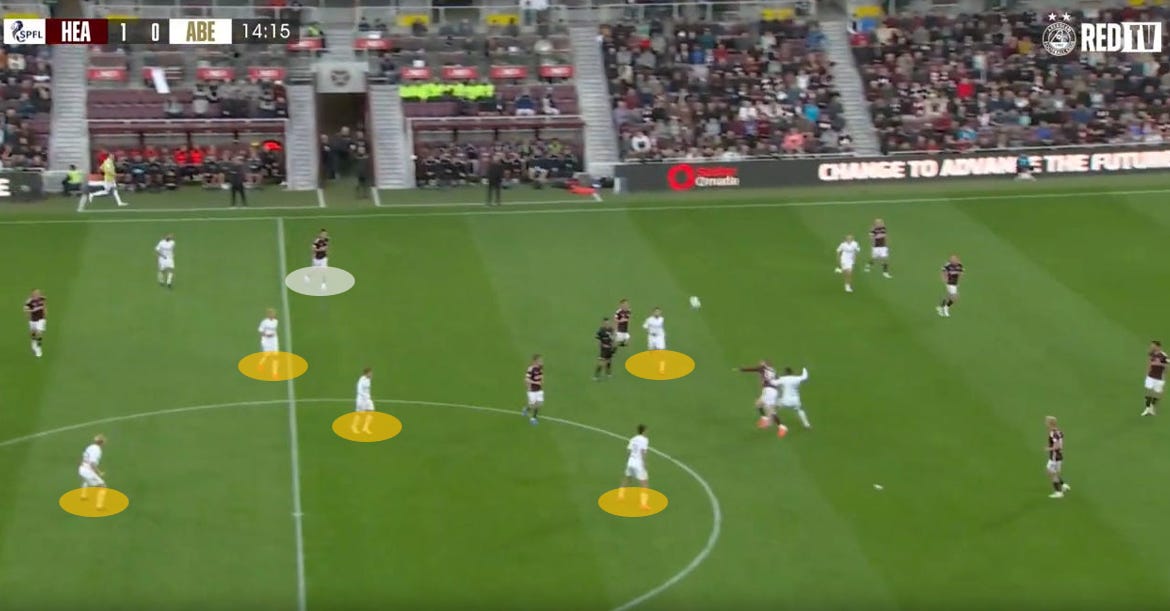
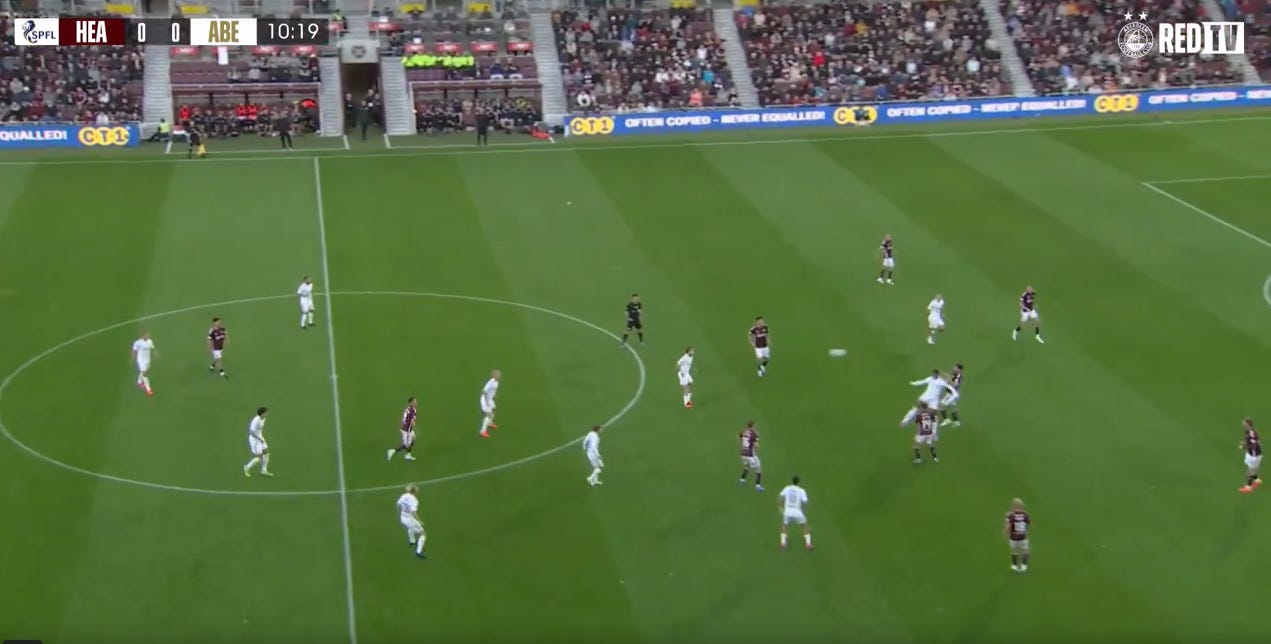
Great stuff Gavin. Do you think adding another midfielder against Hearts would have perhaps allowed us to react in more numbers to the 2nd balls? Curious to understand what that also would have meant for the build up from the keeper. Can't help but feel someone in front of the back 4 with 2 midfielders further ahead provides more protection and options in games where we are outnumbered in midfield and also away from home where we don't have as much of the ball.
Good stuff as always. Yengi needs a chance, poor guy hasn't played a lot of football, up against 3 no nonsense centre halfs at a horrible venue and he is absolutely slaughtered after 70 off mins!! Personally I just can't shake the feeling the midfield set up isn't right, I had the same feeling last season.